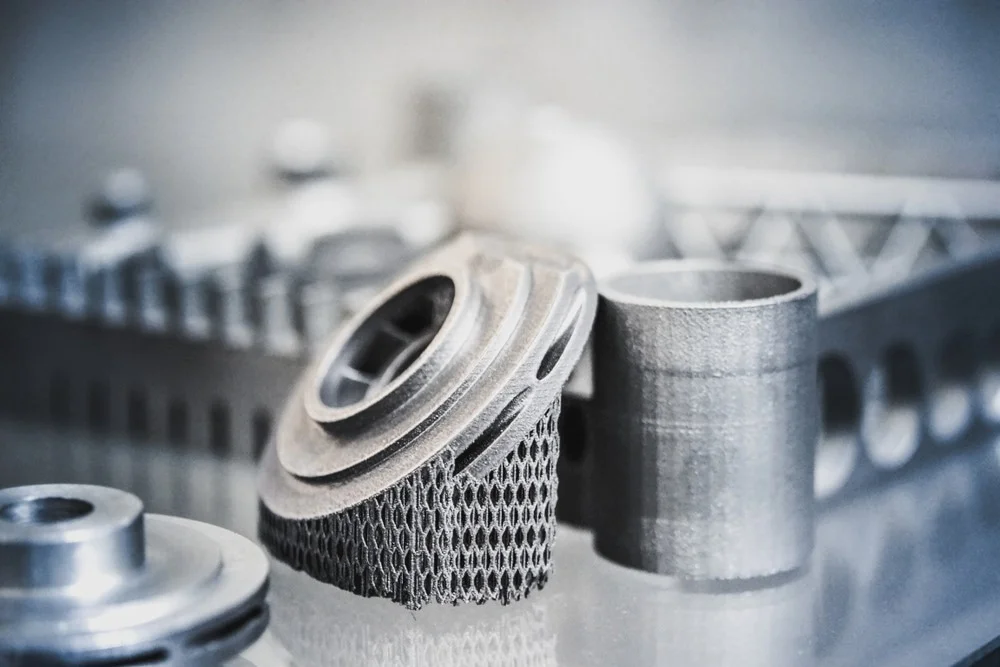ASTM E1457 Creep Crack Growth Testing Precision and Accuracy Evaluation Test
The ASTM E1457 standard is specifically designed to evaluate the precision and accuracy of tests for creep crack growth. This service ensures that your testing results are reliable, reproducible, and compliant with international standards. This test is particularly important in sectors such as aerospace, power generation, and petrochemicals where materials subjected to high temperatures and stresses can exhibit creep behavior leading to potential failures.
The ASTM E1457 standard focuses on the precision and accuracy of creep crack growth testing using a combination of mechanical testing methods. The test involves subjecting specimens made from various alloys and steels, which are commonly used in these industries, to controlled stress rates under high-temperature conditions. This method allows for the accurate measurement of the rate at which cracks propagate within the material.
The precision and accuracy evaluation is critical because it helps manufacturers ensure that their materials meet stringent quality standards. The test parameters include temperature control, stress application, and monitoring crack growth over time. Specimen preparation involves cutting specific shapes from the parent metal or alloy to simulate real-world conditions. Once prepared, these specimens are subjected to controlled environmental and mechanical stresses.
Instrumentation plays a crucial role in ASTM E1457 testing. Advanced calorimetric systems and high-temperature furnaces ensure that temperature is maintained within specified ranges with minimal deviation. Strain gauges and other sensors capture the minute changes in specimen dimensions as cracks grow. These instruments provide real-time data, which is then analyzed to determine the precision and accuracy of the test.
The acceptance criteria for ASTM E1457 are stringent, ensuring that only tests meeting these standards can be considered reliable. Compliance with this standard helps manufacturers achieve regulatory compliance and build trust among their clients by demonstrating adherence to international best practices.
Real-world applications include validating material performance in extreme conditions such as those found in turbine blades or boiler components. In aerospace, for example, the precision of creep crack growth testing ensures that engines operate safely under high-temperature stress. Similarly, in petrochemical plants, accurate tests ensure that critical components do not fail due to creep-induced cracks.
The test results are typically reported as a graph showing the relationship between applied stress and time-to-failure at different temperatures. This graphical representation helps engineers understand material behavior under various conditions and make informed decisions about material selection and design.
Why Choose This Test
- Ensure compliance with international standards for creep crack growth testing.
- Evaluate the precision and accuracy of your test results.
- Gain a competitive edge by demonstrating adherence to rigorous quality assurance practices.
- Meet regulatory requirements in sectors like aerospace, power generation, and petrochemicals.
- Avoid costly failures due to material degradation under high-temperature stress.
- Build trust with clients by ensuring reliable test results.
Customer Impact and Satisfaction
The impact of ASTM E1457 testing on customer satisfaction is profound. By ensuring that materials meet stringent quality standards, this service helps manufacturers avoid costly failures due to creep-induced cracks. This not only enhances product reliability but also builds trust with clients who rely on the performance and safety of these products.
- Improved reliability: Materials tested using ASTM E1457 are less likely to fail under extreme conditions, ensuring safer operation in critical applications.
- Enhanced reputation: Compliance with international standards enhances a company's reputation, making it more attractive to clients and investors.
Customer satisfaction is further enhanced by the transparency of the testing process. Clients receive detailed reports that provide insights into material behavior under various conditions. This information helps them make informed decisions about product design and selection.
Competitive Advantage and Market Impact
- Achieve regulatory compliance, which is essential for operating in international markets.
- Demonstrate a commitment to quality assurance that can set your company apart from competitors.
The competitive advantage of ASTM E1457 testing lies in its ability to ensure that materials perform reliably under high-temperature stress. This reliability is crucial for industries where product failure could lead to catastrophic consequences, such as aerospace and power generation. By meeting these standards, manufacturers can gain a significant market edge.
The broader impact on the market includes setting industry benchmarks for material performance in extreme conditions. This sets a standard that other companies must follow, thereby raising overall quality levels across sectors.





